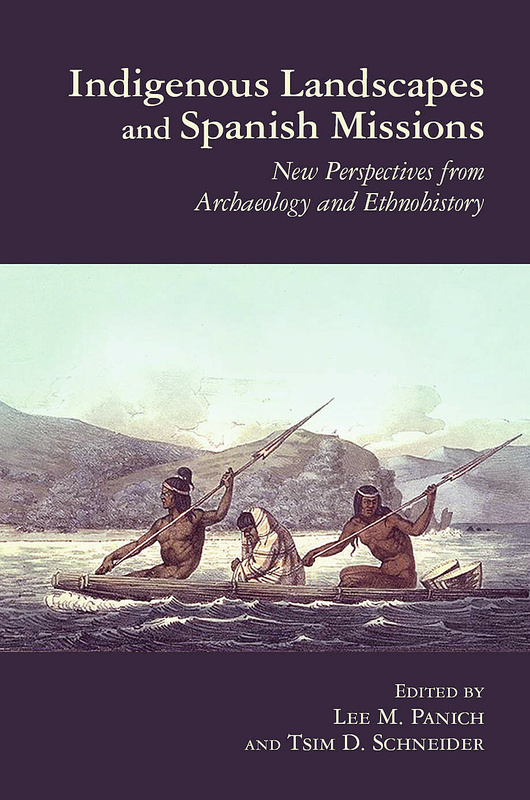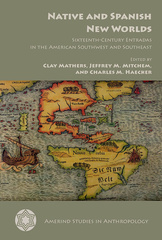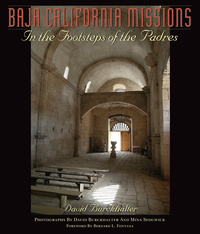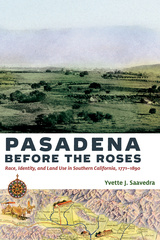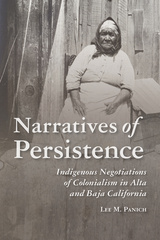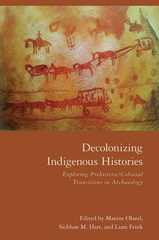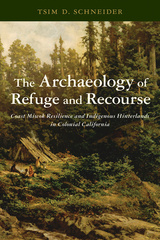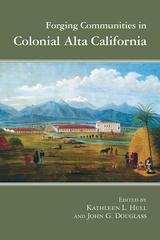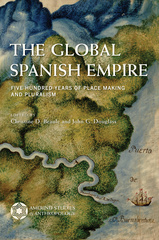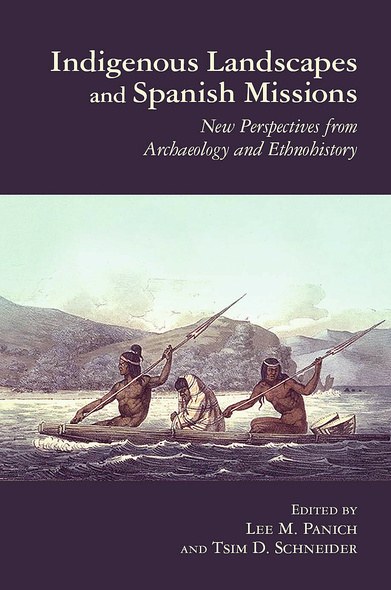
264 pages, 6 x 9
7 photos, 12 illust, 6 tables
Hardcover
Release Date:17 Apr 2014
ISBN:9780816530519
Indigenous Landscapes and Spanish Missions
New Perspectives from Archaeology and Ethnohistory
Edited by Lee Panich and Tsim D. Schneider
The University of Arizona Press
Spanish missions in North America were once viewed as confining and stagnant communities, with native peoples on the margins of the colonial enterprise. Recent archaeological and ethnohistorical research challenges that notion. Indigenous Landscapes and Spanish Missions considers how native peoples actively incorporated the mission system into their own dynamic existence. The book, written by diverse scholars and edited by Lee M. Panich and Tsim D. Schneider, covers missions in the Spanish borderlands from California to Texas to Georgia.
Offering thoughtful arguments and innovative perspectives, the editors organized the book around three interrelated themes. The first section explores power, politics, and belief, recognizing that Spanish missions were established within indigenous landscapes with preexisting tensions, alliances, and belief systems. The second part, addressing missions from the perspective of indigenous inhabitants, focuses on their social, economic, and historical connections to the surrounding landscapes. The final section considers the varied connections between mission communities and the world beyond the mission walls, including examinations of how mission neophytes, missionaries, and colonial elites vied for land and natural resources.
Indigenous Landscapes and Spanish Missions offers a holistic view on the consequences of missionization and the active negotiation of missions by indigenous peoples, revealing cross-cutting perspectives into the complex and contested histories of the Spanish borderlands. This volume challenges readers to examine deeply the ways in which native peoples negotiated colonialism not just inside the missions themselves but also within broader indigenous landscapes. This book will be of interest to archaeologists, historians, tribal scholars, and anyone interested in indigenous encounters with colonial institutions.
Offering thoughtful arguments and innovative perspectives, the editors organized the book around three interrelated themes. The first section explores power, politics, and belief, recognizing that Spanish missions were established within indigenous landscapes with preexisting tensions, alliances, and belief systems. The second part, addressing missions from the perspective of indigenous inhabitants, focuses on their social, economic, and historical connections to the surrounding landscapes. The final section considers the varied connections between mission communities and the world beyond the mission walls, including examinations of how mission neophytes, missionaries, and colonial elites vied for land and natural resources.
Indigenous Landscapes and Spanish Missions offers a holistic view on the consequences of missionization and the active negotiation of missions by indigenous peoples, revealing cross-cutting perspectives into the complex and contested histories of the Spanish borderlands. This volume challenges readers to examine deeply the ways in which native peoples negotiated colonialism not just inside the missions themselves but also within broader indigenous landscapes. This book will be of interest to archaeologists, historians, tribal scholars, and anyone interested in indigenous encounters with colonial institutions.
‘This stellar collection of essays turns the old Boltonian concept of the Spanish borderlands on its head by examining Spanish colonial missions—those quintessential Boltonian institutions of civilization on the frontier—from the perspectives of native societies themselves.’—Hispanic American Historical Review
‘This volume is a valuable contribution to the literature on Spanish colonialism and colonialism in general, both for the update it provides on Spanish mission archaeology in the United States and for the direction it offers on how and why to apply an indigenous landscape perspective.’—Southwestern Historical Quarterly
‘This multifocal study challenges long-held assumptions, opening important avenues of inquiry into social interaction across the lower North American continent.’—Economic Botany
‘With its breath and scope, Indigenous Landscapes enriches the story of the contested lands on New Spain’s northern frontier.’—Catholic Southwest
‘What makes this volume unique and significant is the integrative theme across regions where archaeologists do not share their results frequently enough, and the focus on Native American actions and agency in various colonial encounters.’—Stephen W. Silliman, editor of Collaborating at the Trowel’s Edge: Teaching and Learning in Indigenous Archaeology
Lee M. Panich is an assistant professor in the Department of Anthropology at Santa Clara University. His publications include contributions to American Antiquity, Ethnohistory, American Indian Quarterly, Journal of California and Great Basin Anthropology, and Pacific Coast Archaeological Society Quarterly.
Tsim D. Schneider is a University of California President’s Postdoctoral Fellow at the University of California, Santa Barbara. His work has appeared in American Indian Quarterly, Journal of Social Archaeology, Journal of California and Great Basin Anthropology, Pacific Coast Archaeological Society Quarterly, and American Antiquity.
Tsim D. Schneider is a University of California President’s Postdoctoral Fellow at the University of California, Santa Barbara. His work has appeared in American Indian Quarterly, Journal of Social Archaeology, Journal of California and Great Basin Anthropology, Pacific Coast Archaeological Society Quarterly, and American Antiquity.
Introduction
1. Native Agency at the Margins of Empire: Indigenous Landscapes, Spanish Missions, and Contested Histories
Tsim D. Schneider and Lee M. Panich
Part I. Power, Politics, and Belief
2. The Guale Uprising of 1597: An Archaeological Perspective from Mission Santa Catalina de Guale (Georgia)
Elliot H. Blair and David Hurst Thomas
3. Missionization, Negotiation, and Belief: The Role of the Acuera Chiefdom in Colonial Seventeenth- Century Florida
Willet A. Boyer III
4. Missions Untenable: Experiences of the Hasinai Caddo and the Spanish in East Texas
Paul Shawn Marceaux and Mariah F. Wade
Part II. External Connections
5. Who Were the Guale?: Reevaluating Interaction in the Mission Town of San Joseph de Sapala
Christopher R. Moore and Richard W. Jefferies
6. “Countless Heathens”: Native Americans and the Spanish Missions of Southern Texas and Northeastern Coahuila
Tamra L. Walter and Thomas R. Hester
7. Indigenous Landscapes: Mexicanized Indians and the Archaeology of Social Networks in Alta California
Rubén G. Mendoza
Part III. Outside the Mission Walls
8. Depriving God and the King of the Means of Charity: Early Nineteenth- Century Missionaries’ Views of Cattle Ranchers near Mission La Purísima, California
Glenn J. Farris
9. Points of Refuge in the South Central California Colonial Hinterlands
Julienne Bernard, David Robinson, and Fraser Sturt
10. Toward a Historical Ecol ogy of the Mission in Seventeenth- Century New Mexico
Mark T. Lycett
Conclusion: Reflections on Spanish Missions in the Native Landscape
11. A Cubist Perspective of Indigenous Landscapes and Spanish Missions
Kent G. Lightfoot
References Cited
Contributors
Index

